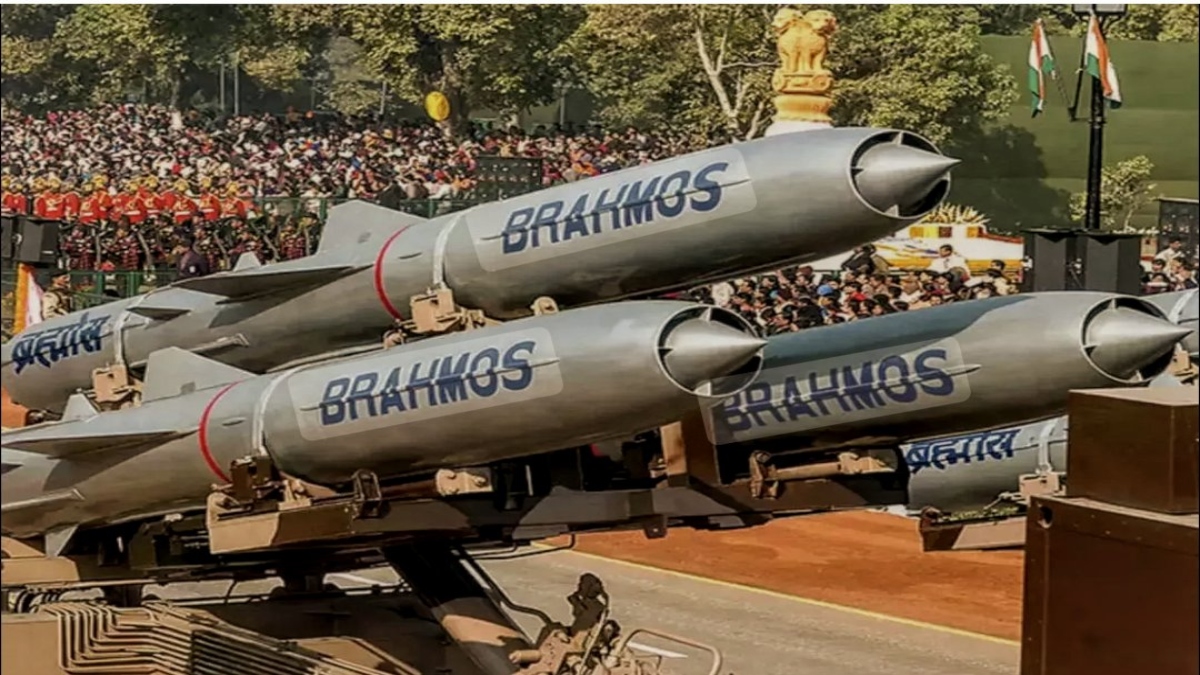India’s BrahMos supersonic cruise missile has emerged as a global defense powerhouse following its pivotal role in Operation Sindoor, a precision-strike operation targeting terror bases and military installations in Pakistan and Pakistan-occupied Kashmir (PoK). The operation, launched in retaliation to the April 22, 2025, Pahalgam terror attack that claimed 26 lives, showcased the missile’s devastating accuracy and versatility, prompting 17 countries to express interest in acquiring this advanced system. This article explores the significance of BrahMos, its combat-proven credentials, and the nations eager to integrate it into their arsenals.
BrahMos: A Game-Changer in Modern Warfare
Developed by BrahMos Aerospace, a joint venture between India’s Defence Research and Development Organisation (DRDO) and Russia’s NPO Mashinostroyeniya, the BrahMos missile is a supersonic cruise missile capable of being launched from land, sea, air, and submarines. Named after the Brahmaputra and Moskva rivers, it operates on a “fire-and-forget” principle, traveling at speeds up to Mach 2.8 (approximately 3,430 kmph) with a standard range of 290 km, extendable to 500–800 km in advanced variants. Its stealth technology, low radar cross-section, and ability to strike targets as low as 10 meters above ground make it nearly impossible to intercept, as highlighted by former DRDO chief Dr. Sudhir Kumar Mishra.
During Operation Sindoor, BrahMos missiles were reportedly used to strike 11 Pakistani airbases, including critical sites like Nur Khan, Sargodha, and Bahawalpur, the headquarters of the Jaish-e-Mohammad terror network. The missile’s precision and destructive power crippled Pakistan’s air defense and military infrastructure, marking its first combat deployment. Uttar Pradesh Chief Minister Yogi Adityanath, speaking at the inauguration of a new BrahMos facility in Lucknow on May 11, 2025, remarked, “If you didn’t see the power of BrahMos during Operation Sindoor, ask the people of Pakistan.”
Global Demand for BrahMos
The success of Operation Sindoor has catapulted BrahMos into the spotlight, with 17 countries now in various stages of negotiation to procure the missile system. The Philippines, the only nation with a confirmed contract, signed a $375 million deal in January 2022 for three coastal defense batteries, with the second batch delivered in April 2025. The following countries have expressed interest, driven by BrahMos’ proven combat effectiveness and versatility:
Southeast Asia
-
Indonesia: Negotiating a deal worth over $200 million for an advanced version of BrahMos to bolster maritime security.
-
Vietnam: Close to finalizing a $700 million agreement for coastal battery systems to counter threats in the South China Sea.
-
Malaysia: Exploring BrahMos integration on Sukhoi Su-30MKM fighter jets and Kedah-class warships to enhance naval and air capabilities.
-
Thailand: In discussions for coastal and naval variants to strengthen regional defense.
-
Singapore: Interested in BrahMos for its navy, eyeing its precision-strike capabilities.
-
Brunei: Engaging in early-stage talks for naval defense applications.
Middle East
-
Egypt: In advanced negotiations for coastal and naval variants to modernize its defense arsenal.
-
Saudi Arabia: Seeking BrahMos to enhance its missile capabilities amid regional security concerns.
-
United Arab Emirates (UAE): Exploring procurement for naval and coastal defense systems.
-
Qatar: Interested in BrahMos to bolster its maritime security framework.
-
Oman: In talks for naval variants to strengthen its coastal defenses.
Latin America
-
Brazil: Eyeing naval and coastal defense variants to enhance its maritime capabilities.
-
Chile: Interested in BrahMos for its navy to secure its extensive coastline.
-
Argentina: Exploring procurement to modernize its defense forces.
-
Venezuela: In discussions for naval variants to bolster its military capabilities.
Africa and Europe
-
South Africa: Negotiating potential procurement to enhance its defense capabilities.
-
Bulgaria: In early-stage talks for BrahMos integration into its military arsenal.
Strategic Implications
The surge in interest reflects BrahMos’ appeal as a versatile, combat-proven system. Southeast Asian nations like Vietnam and Indonesia are particularly motivated by the need to counter China’s growing assertiveness in the South China Sea. Middle Eastern countries seek to modernize their arsenals amid regional tensions, while Latin American nations aim to bolster naval defenses. The missile’s ability to integrate with platforms like the Sukhoi-30MKI, warships, and submarines makes it a force multiplier, as demonstrated during Operation Sindoor.
India’s defense export strategy has also gained momentum. The BrahMos deal with the Philippines marked India’s first major missile export, and the new Lucknow facility, capable of producing 100–150 missiles annually, will support growing demand. Defence Minister Rajnath Singh, inaugurating the facility, emphasized that BrahMos is “not just a weapon but a message of India’s military strength.”
